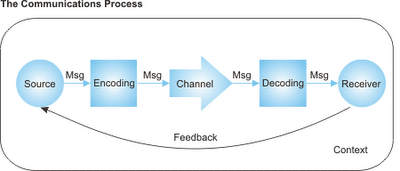Primary Data:
Data collected firsthand by researcher
Secondary data:
Data retrieved from books, journals etc
1. QUESTIONNAIRES
These are a collection of questions that the respondents complete on their own. They are used when factual information is required. When opinions are required an opinionnaire is used. This is constructed in a similar manner as a questionnaire. A questionnaire is used with all research designs. There are approximately three ways in which a questionnaire can be administered:
- Personally
- Via the telephone
- Via the mail
2.
INTERVIEWS
These can either be structured or unstructured. They comprise a group of questions administered to the respondent face to face. The structured interviews comprise a set of precisely formulated questions, which are asked of a respondent. The unstructured interviews allow the respondent to respond to a stimulus question. It is very informal and allows for the respondent to speak for as long as he/she wants. These are used in qualitative research and case studies, but can be useful in surveys especially social
surveys.
surveys.
3. OBSERVATION
Observation is the systematic noting and recording of events, behaviors, and artifacts (objects) in the social setting chosen for study. The observational record is frequently referred to as field notes - detailed, nonjudgmental, concrete descriptions of what has been observed. For studies relying exclusively on observation, the researcher makes no special effort to have a particular role in the setting; to be tolerated as an unobtrusive observer is enough. Observation can range from a highly structured, detailed notation of behavior structured by checklists to a moreholistic description of events and behavior.
4. ATTITUDE OR SENTIMENT SCALES
These are used to measure attitudes, beliefs and opinions of a respondent. They can be used with all types of research, but more specifically with surveys and action research.
Advantages and Disadvantages of Research Instruments
A Research Instrument is designed specifically to collect data to provide answers for a given research question.
§ Facilitates data collection of large population
§ Less time consuming than other methods
§ Allows for anonymous responses
§ Is easily administered
Weaknesses
- Not very economical (paper expenses etc)
- Does not allow for probing responses
- Responses can be misleading (especially if researchers are not around to clarify)
- Limitations posed by the literacy of the respondents
Interview
STRENGTHS
- Provides in-depth information
- Allows the researcher more flexibility
- Can yield a high volume of data
WEAKNESSES
- May result in unnecessary information
- Can be affected by researcher's biases
- Can be time consuming
- Data collection is heavily dependent on the respondent’s schedule
- The respondent’s memory can be poor, yielding inaccurate information.
Observation
STRENGTHS
- Facilitates the collection of primary data
- Comparatively lessens respondents bias and possible interference
- It can yield a high volume of data
- It allows for researcher flexibility
WEAKNESSES
- Can be affected by researcher's bias
- Reactions of the respondents may be misinterpreted
- Important and relevant data may be missed as chosen times of observation may not be appropriate or even significant
- May be affected by Observer’s Paradox where the person being observed exhibits behaviour they feel is expected.


this helped a lot
ReplyDeleteHowdy! Would you mind if I share your blog with my twitter group? There’s a lot of people that I think would really enjoy your content. Please let me know. Thanks fuzzywuzzy python
ReplyDelete